Birds have fluttered, soared, and nested within the pages of children’s folktales since stories were first whispered around ancient fires. With their ability to traverse the boundary between earth and sky, birds have become powerful symbols in narratives that explain our world, teach moral lessons, and entertain young minds. These winged creatures—from the wise owl to the trickster raven, from the proud eagle to the humble sparrow—carry universal and culturally specific meanings that resonate with children across different societies and throughout generations. This exploration into the role of birds in children’s folktales reveals not just how these creatures have shaped our stories but how these stories have shaped our understanding of the natural world and our place within it.
Messengers Between Worlds

In countless folktales for children, birds serve as messengers between the human world and other realms, whether divine, magical, or simply distant. Their ability to fly gives them access to places humans cannot reach, making them natural conveyers of important information across boundaries. In the Brothers Grimm tale “The White Snake,” a raven retrieves a golden ring from the bottom of the sea, demonstrating this messenger role between different worlds. The Japanese folktale “The Tongue-Cut Sparrow” features a sparrow that rewards kindness and punishes greed, acting as a messenger of moral justice between the human and spirit worlds. This pattern appears across cultures precisely because children can easily grasp the concept of birds traveling where people cannot, creating a narrative bridge between the known and unknown.
Wisdom Bearers and Advisors
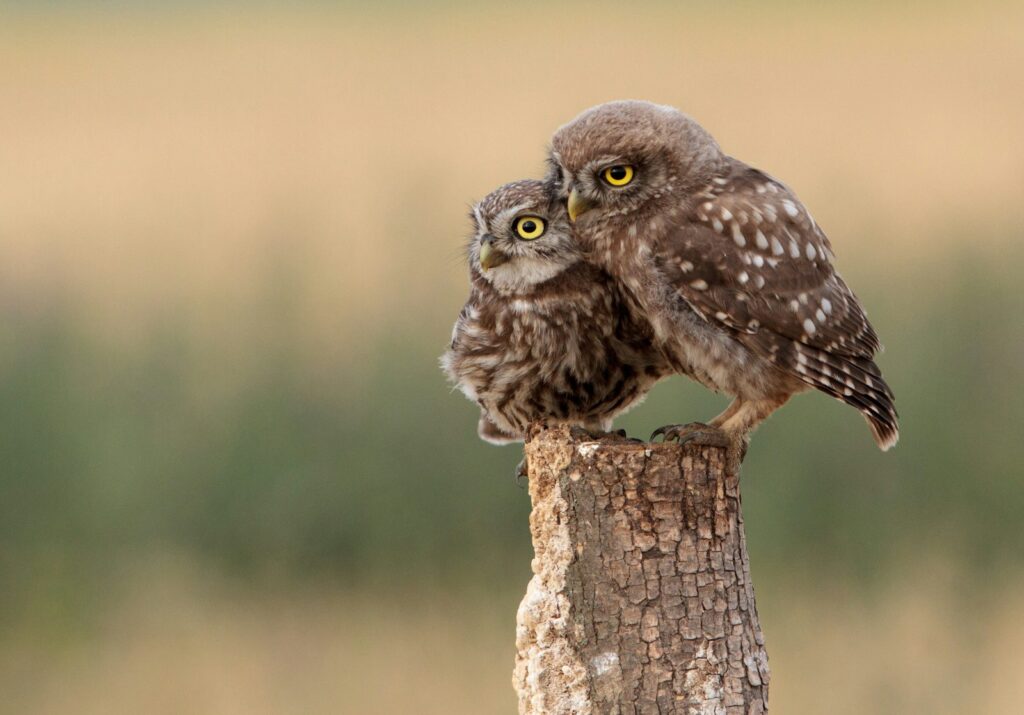
Owls, in particular, have earned a reputation as symbols of wisdom in children’s folktales, often appearing as sage advisors to protagonists facing difficult decisions. The owl’s association with wisdom dates back to ancient Greek mythology, where the bird was linked to Athena, goddess of wisdom. In Native American folktales, Owl often shares knowledge with other characters, helping them navigate challenges or understand deeper truths about themselves. European fairy tales frequently position owls as keepers of forest secrets, dispensing crucial advice at pivotal moments. This characterization helps children understand the value of seeking wisdom and listening to good counsel, while also establishing nature as a source of knowledge rather than merely a backdrop for human activity.
Tricksters and Clever Heroes

Corvids—ravens, crows, and magpies—often play the role of tricksters in children’s folktales, using their intelligence to outsmart larger or seemingly more powerful adversaries. In Aesop’s Fables, the crow drops pebbles into a pitcher to raise the water level, demonstrating problem-solving abilities that children can admire and emulate. Native American and Norse traditions prominently feature Raven as both creator and trickster, whose mischief sometimes results in unintended benefits for humanity. These avian tricksters serve an important function in children’s literature by demonstrating that cleverness can triumph over brute strength, offering encouragement to young readers who may feel powerless in an adult-dominated world. The trickster bird provides a model of agency through intelligence rather than physical might.
Transformation and Identity
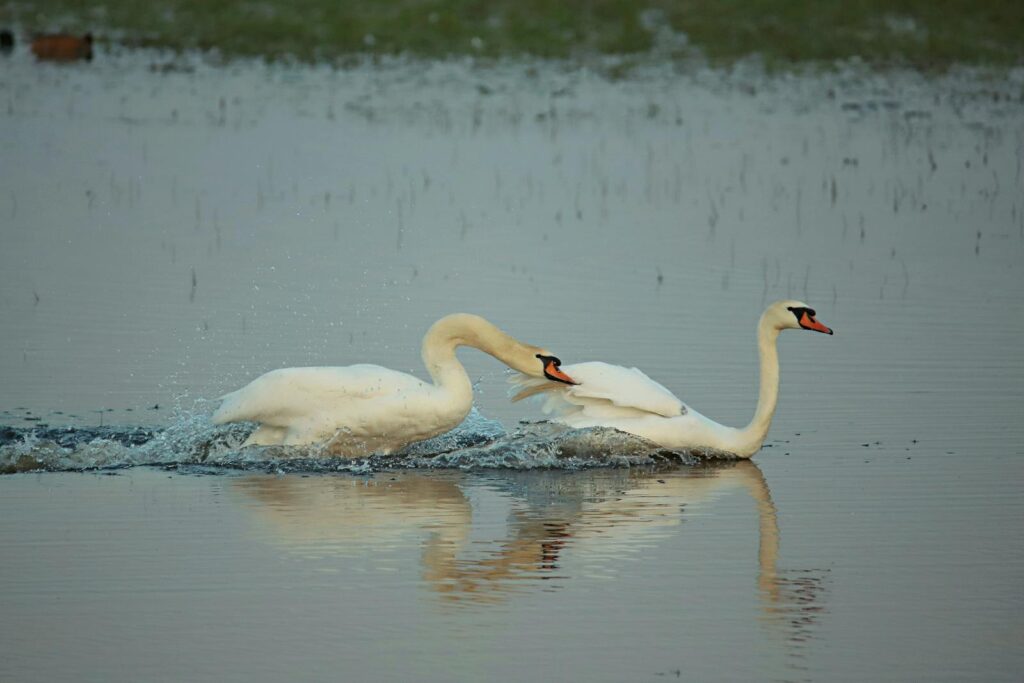
Birds in folktales frequently symbolize transformation and changing identity, themes particularly relevant to children navigating their own developing sense of self. Hans Christian Andersen’s “The Ugly Duckling” uses a bird’s metamorphosis to illustrate the journey from rejection to self-discovery and acceptance. In “The Six Swans” collected by the Brothers Grimm, the brothers transformed into swans must be rescued by their sister, exploring themes of identity loss and restoration. Japanese folktales about crane wives—birds who transform into women—examine the duality of nature and humanity. These transformation narratives speak to children’s own experiences of growth and change, suggesting that identity is not fixed but evolving, and that one’s true nature may reveal itself in unexpected ways over time.
Birds as Moral Teachers
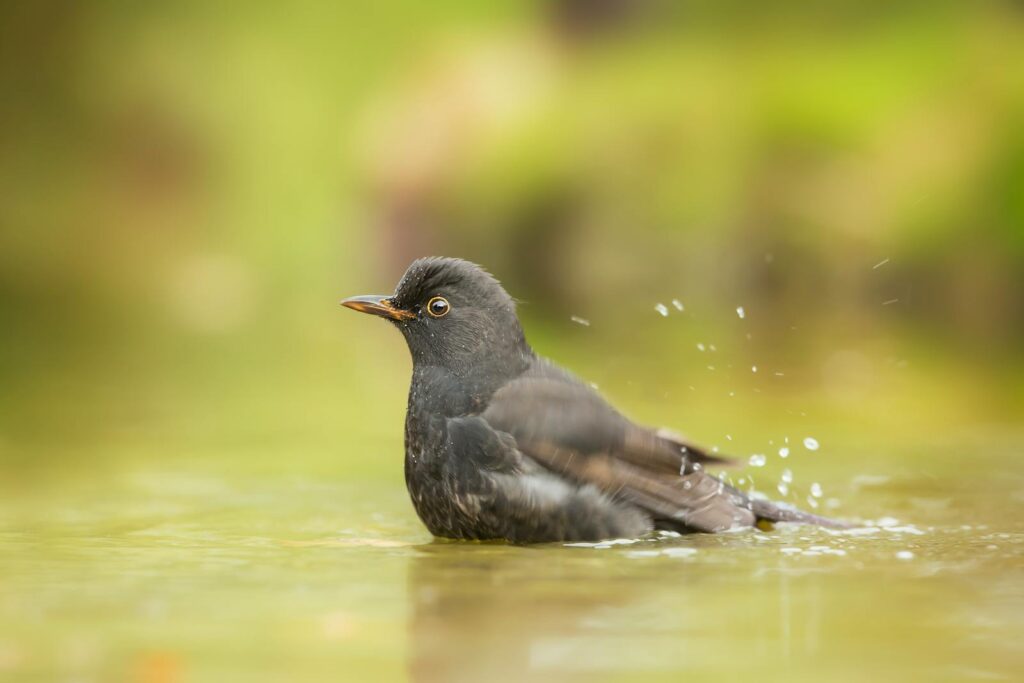
Across cultures, birds in children’s folktales often deliver moral lessons through their actions, experiences, or direct teachings. The fate of the vain blackbird in the European tale “Why the Blackbird Has a Yellow Beak” warns children about the consequences of vanity and disobedience. Similarly, the Indian story of the golden swan teaches lessons about greed when humans attempt to extract more gold than the swan can naturally provide. African folktales frequently feature small birds outsmarting dangerous predators, emphasizing the virtues of cleverness and quick thinking over physical strength. These morality tales use birds as vessels for ethical instruction, their non-human nature allowing for consequences and rewards that might seem too harsh or simplified if applied to human characters, thus creating emotional distance that makes difficult lessons more palatable for young audiences.
Cultural Significance and Symbolism
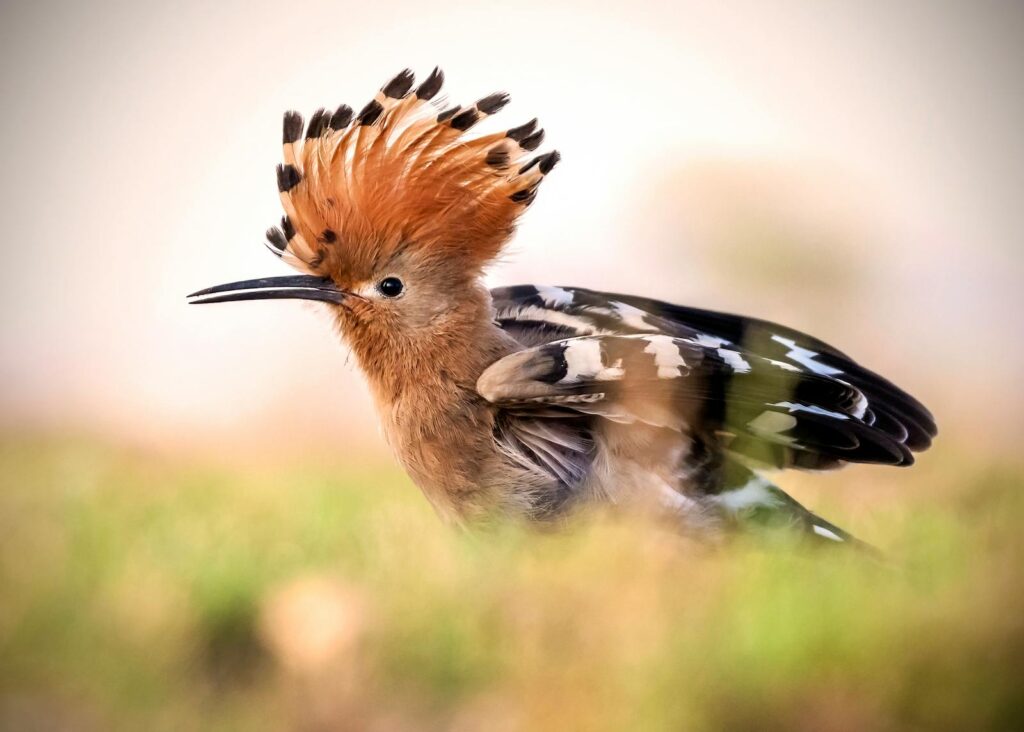
Birds in folktales carry specific symbolic meanings that reflect the cultural values and environmental contexts of their origins. The phoenix, appearing in tales across the Middle East, Mediterranean, and Asia, symbolizes renewal and resurrection—concepts that transcend cultural boundaries but manifest in culturally specific ways. Eagles feature prominently in Native American folktales as symbols of strength and sacred connection to spiritual forces. The hoopoe bird holds special significance in Persian and Arabic tales, often serving as a wise guide or royal messenger. Understanding these bird symbols gives children insight into different cultural perspectives and values, expanding their worldview beyond their immediate experience. These culturally specific bird characters serve as entry points for children to explore global diversity through storytelling.
Birds as Protagonists and Heroes
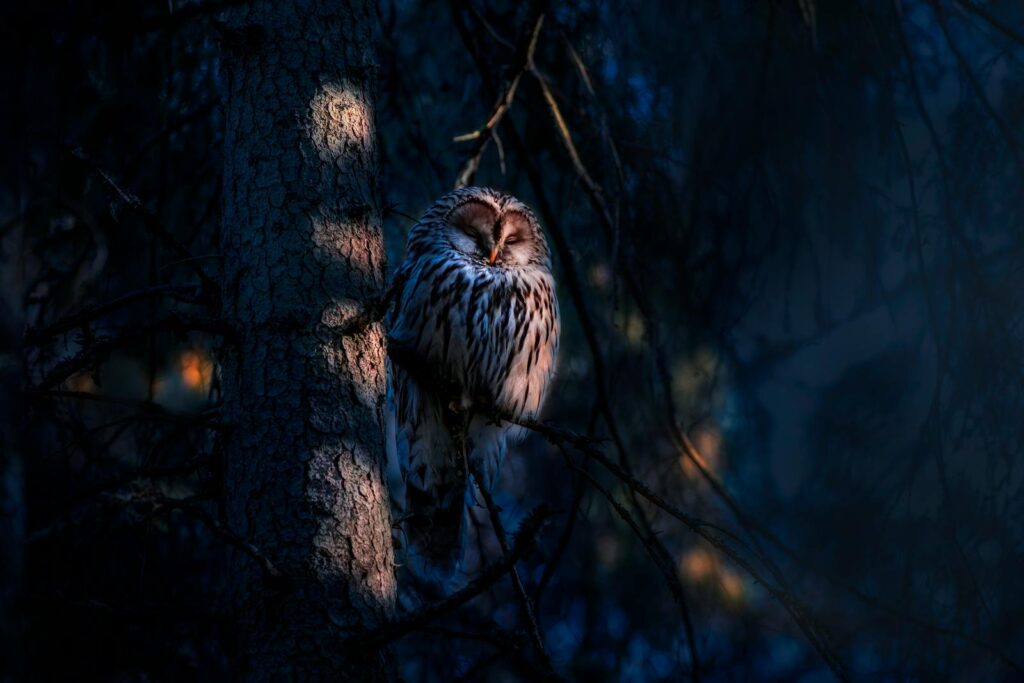
Many beloved children’s folktales cast birds as the main characters, allowing young readers to experience adventure through avian eyes. “The Bremen Town Musicians” includes a rooster among its animal protagonists, highlighting how even common farm birds can become heroes when they demonstrate courage and loyalty. The Russian tale of the Firebird features a magical glowing bird as the catalyst for the hero’s quest, embodying both the object and subject of adventure. “Why the Owl Has Big Eyes,” a Cherokee story, positions the owl as the protagonist whose curiosity leads to physical transformation. These bird protagonists offer children relatable heroes who overcome obstacles despite limitations, often succeeding through determination rather than innate power, teaching resilience and perseverance through narrative rather than explicit moral instruction.
Birds as Helpers and Allies
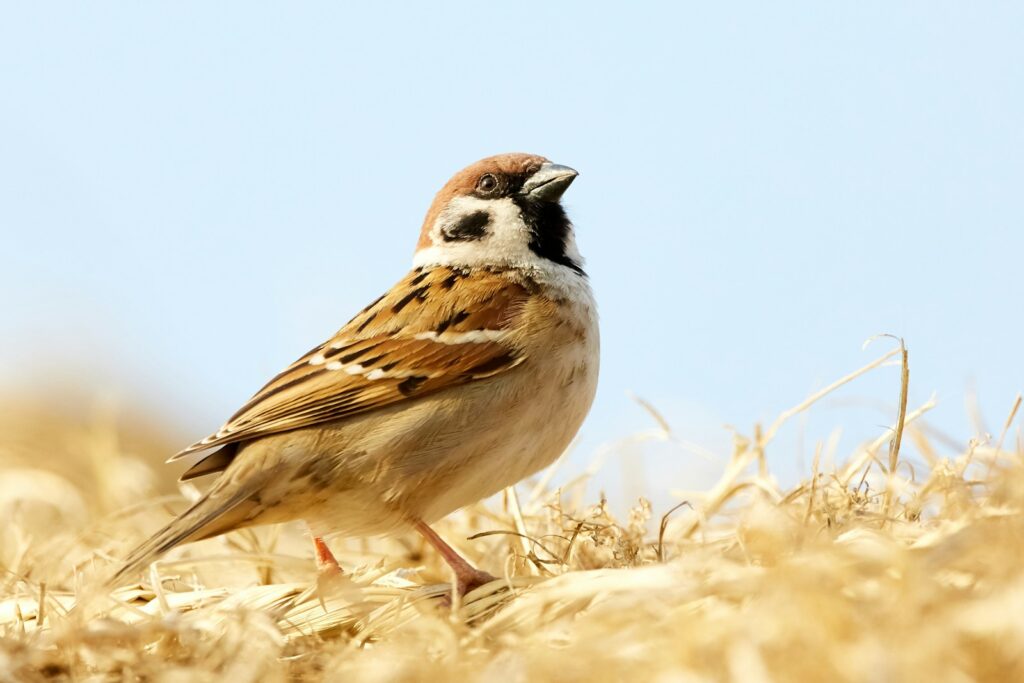
Birds frequently appear as helpers to human protagonists in folktales, offering assistance at crucial moments that change the story’s trajectory. Cinderella variants across cultures often include birds who help the protagonist complete impossible tasks, as in the German version where doves help Cinderella sort lentils. The Russian tale “Baba Yaga” features birds that provide the heroine with guidance to escape the witch’s clutches. In the Filipino folktale “Alamat ng Maya” (Legend of the Sparrow), sparrows help farmers by eating pests that threaten their crops. These helper birds in folktales emphasize the potential for cooperation between humans and nature, teaching children that respectful relationships with wildlife can yield unexpected benefits and that seemingly small creatures can provide significant aid.
Punishment and Reward Through Birds
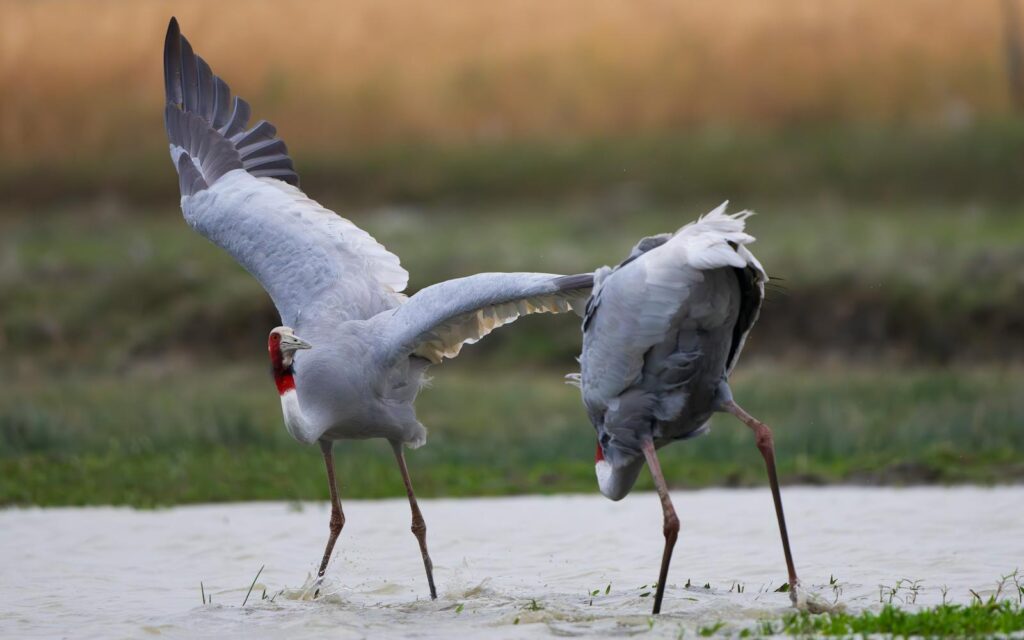
Birds in folktales often serve as agents of justice, delivering punishments to the wicked and rewards to the virtuous. The European tale “The Juniper Tree” features birds who sing to reveal a murder, ultimately bringing justice to a wicked stepmother. In contrast, kind treatment of birds frequently results in rewards, as in the Japanese “The Crane Wife,” where caring for an injured crane leads to prosperity. The Russian “The Firebird” presents a bird whose theft both punishes complacency and rewards the hero’s perseverance. These justice-delivering birds serve an important psychological function in children’s literature, satisfying the young reader’s strong sense of fairness while reinforcing societal values about right and wrong behavior through natural rather than institutional consequences.
Birds as an Explanation for Natural Phenomena
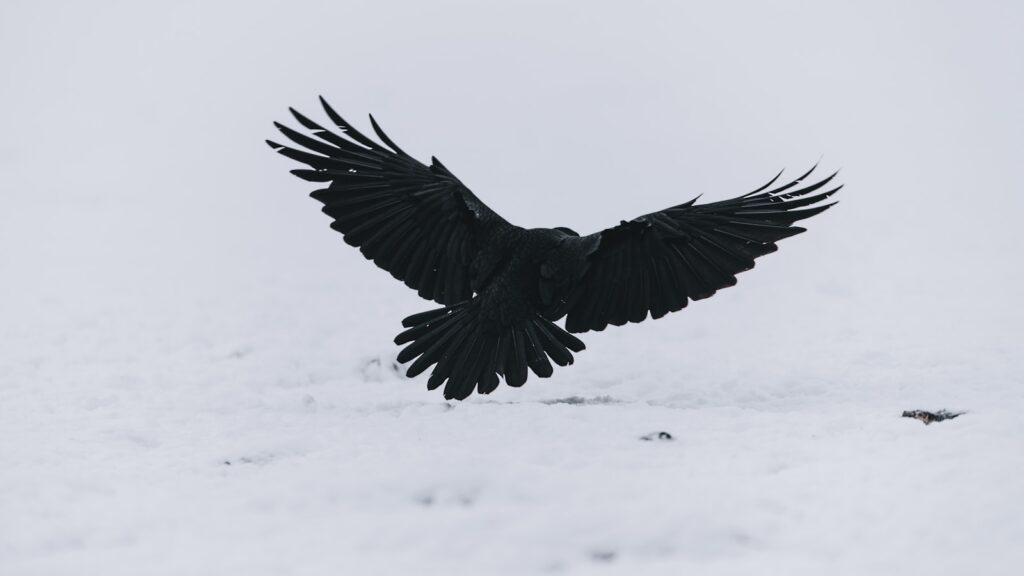
Many folktales featuring birds were originally created to explain natural phenomena, satisfying children’s curiosity about the world around them. “Why the Raven is Black,” found in versions across cultures from Norse mythology to Native American traditions, explains the raven’s coloration through a story of punishment or sacrifice. “How the Robin Got His Red Breast” ties the bird’s distinctive coloring to an act of compassion, explaining physical characteristics through moral behavior. South American tales about the toucan often explain its large bill through stories of vanity or trickery. These explanatory tales merge science and storytelling, giving children memorable narratives that connect observable natural features to moral lessons or cultural values, making both the natural world and ethical principles more accessible and meaningful.
Musical Birds and Storytellers
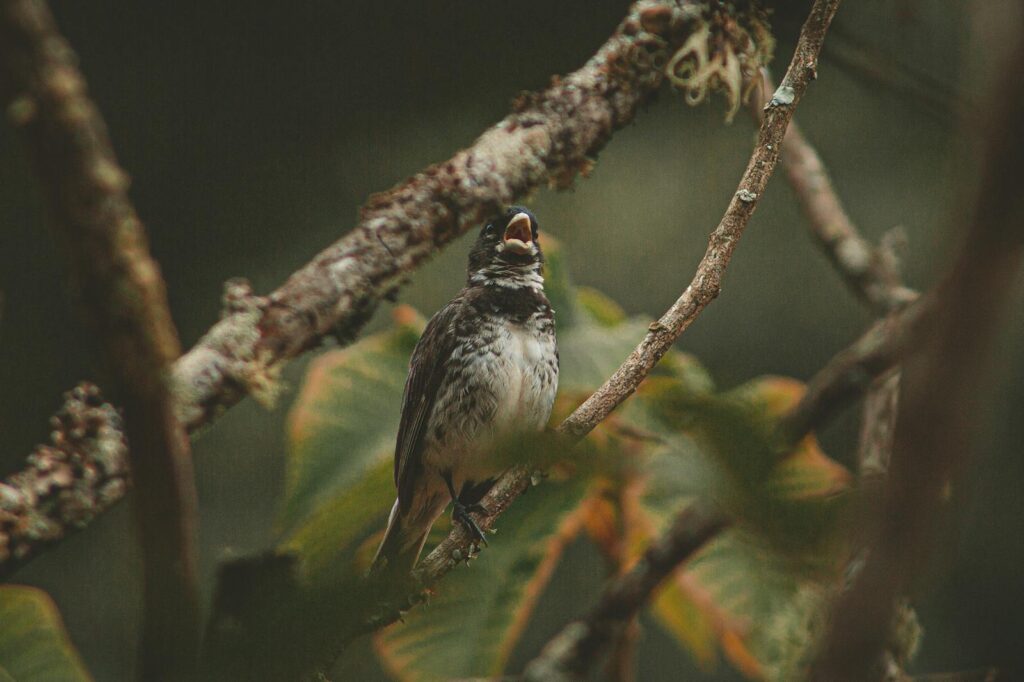
Birds’ natural songs and calls have inspired folktales that cast them as musicians, poets, and storytellers within the narrative tradition. The nightingale appears in tales across Europe and Asia as a superior musician whose song carries magical or healing properties. African folktales often feature birds who collect and share stories between villages, serving as oral historians. The European tale “The Nightingale” by Hans Christian Andersen contrasts the authentic beauty of the real bird’s song with artificial imitations, teaching children about the value of authenticity and natural talent. These musical bird characters celebrate the auditory richness of the natural world, encouraging children to listen attentively to their environment and recognize nature’s own artistic contributions.
Birds in Contemporary Children’s Literature
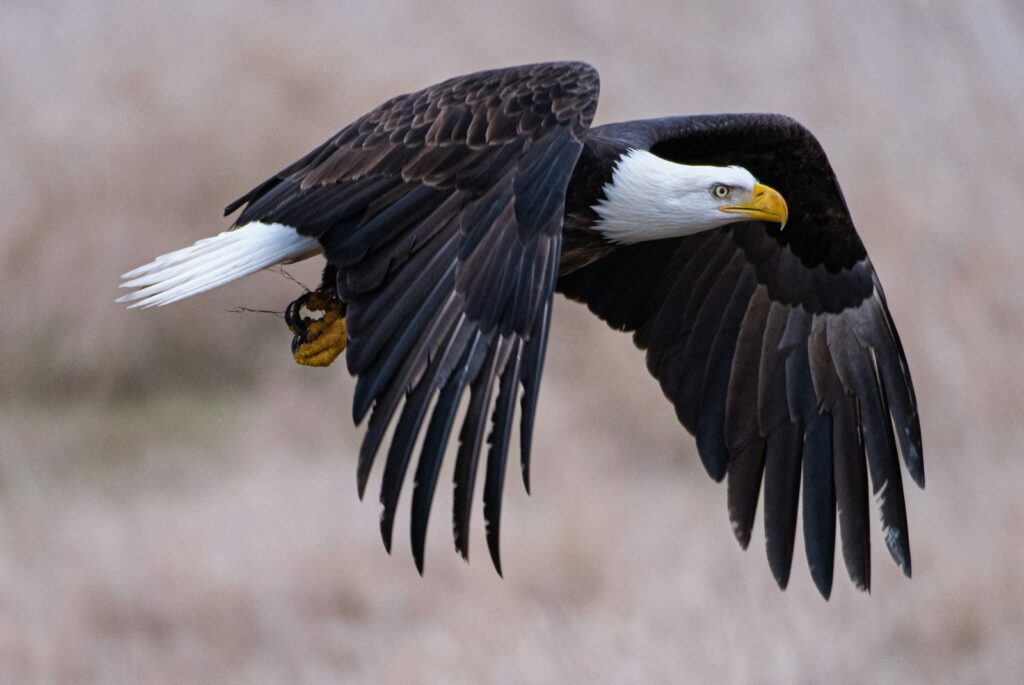
The tradition of birds in folktales continues to influence modern children’s literature, where avian characters maintain many of their traditional roles while adapting to contemporary concerns. Modern picture books like “Stellaluna” explore differences between birds and other flying creatures, encouraging acceptance of diversity through animal characters. Series such as Harry Potter feature owls as messengers, drawing directly from folkloric traditions while updating them for modern audiences. Environmental themes increasingly appear in bird-centered children’s books, using traditional folktale structures to address conservation concerns in ways accessible to young readers. This evolution demonstrates how bird symbolism in children’s literature remains relevant across generations, adapting to new social contexts while maintaining connections to ancient narrative traditions that have shaped human understanding of these winged creatures.
Conclusion
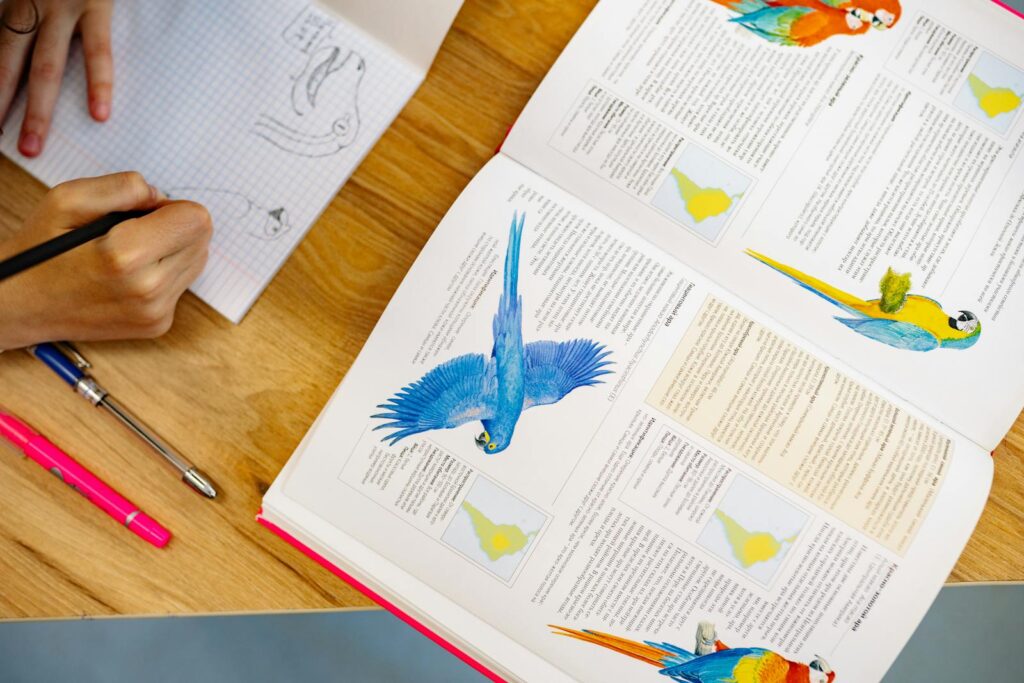
Birds in children’s folktales serve as more than colorful characters or convenient plot devices—they function as powerful symbols that bridge the gap between human experience and the natural world. From wise counselors to tricksters, from messengers to moral teachers, birds have flown through our cultural imagination for millennia, carrying universal truths in their beaks and feathers. Their presence in these tales helps children conceptualize abstract principles like justice, transformation, and wisdom through tangible characters whose physical attributes often reflect their narrative purpose. As we continue to share these stories, we not only preserve cultural heritage but also nurture children’s connection to the natural world—a connection increasingly vital in our technological age. The enduring appeal of birds in folktales reminds us that despite cultural differences, our fascination with these creatures unites human storytelling traditions across time and space.
